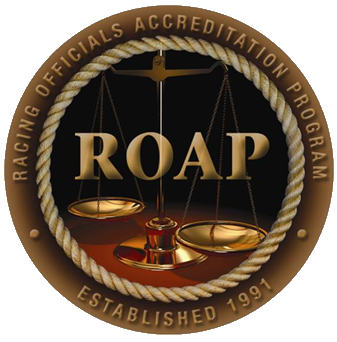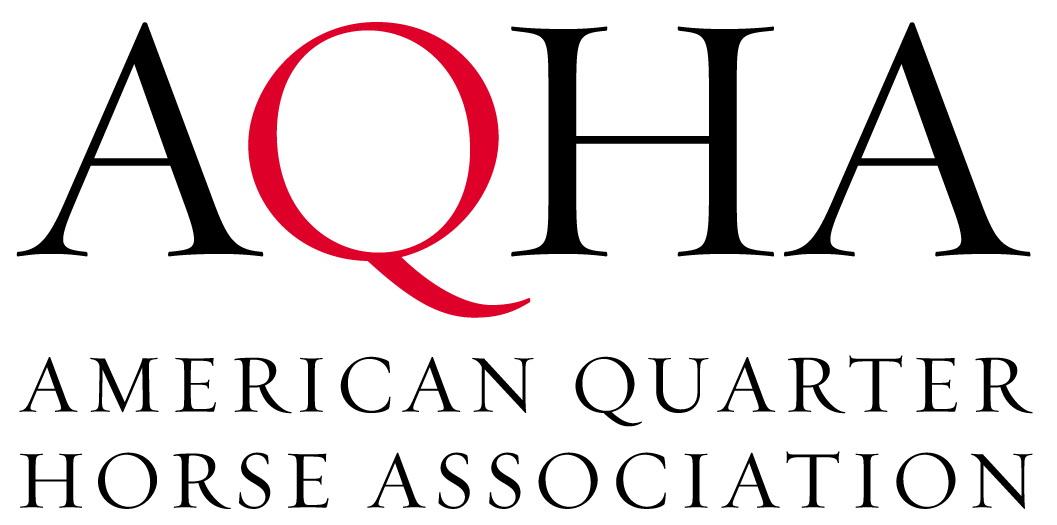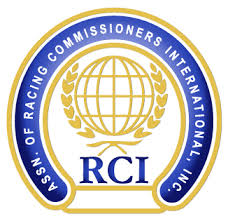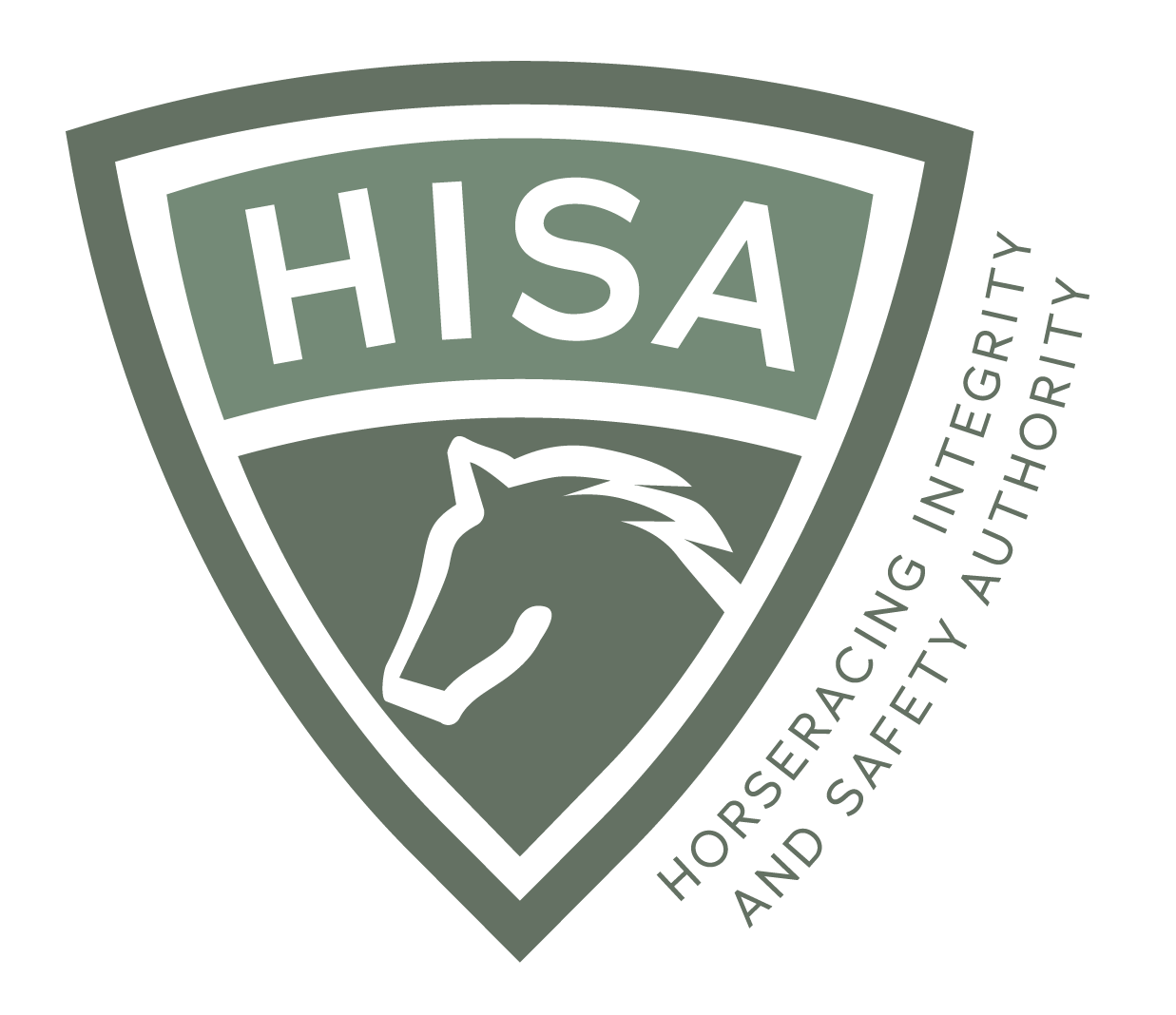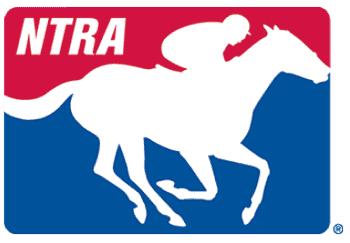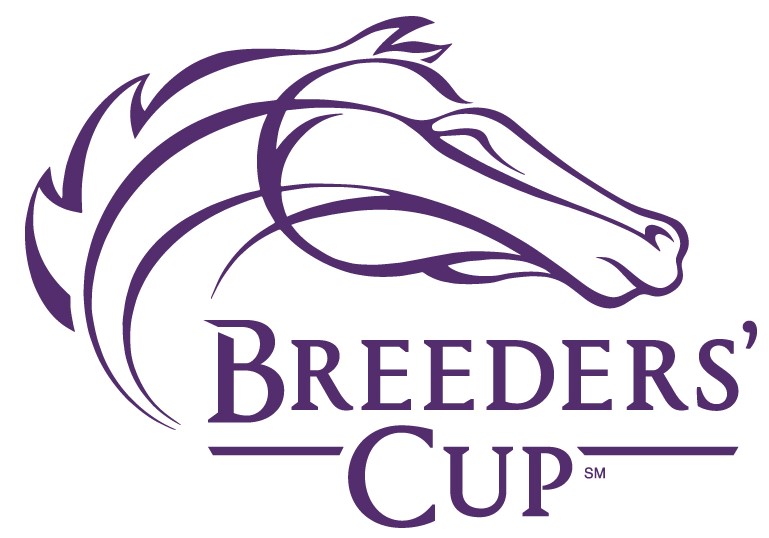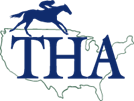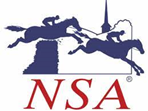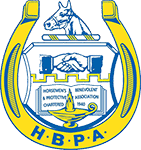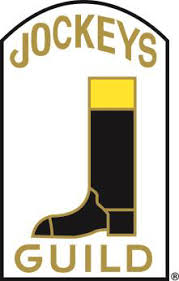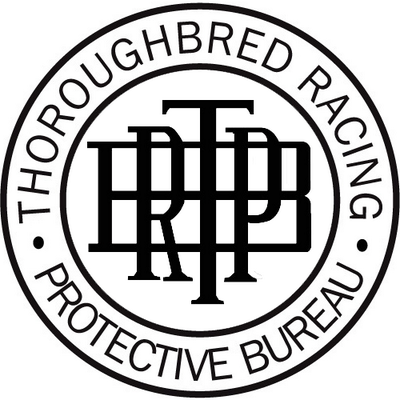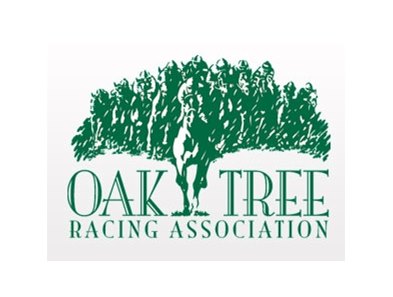
The Points of Emphasis
The Points of Emphasis were designed to provide guidelines to follow for coordinating continuing education programs.
2023/2024 Points of Emphasis (required during all 16-hour CE programming)
- Protocol for communication regarding Starter’s List; Steward’s List; and Vet’s List
- Establish protocols that require communication between Starter, Stewards and/or Regulatory Veterinarian regarding horse(s) being place on or removed from Starter’s List; Steward’s List and/or Vet’s List.
- Prevent horses from “falling through the cracks” when they should be added or removed from any of the Lists.
- Procedures for Stewards to review horses who have questionable races (i.e., are eased) but are cleared by the Veterinarian after the race.
- Possibility of including in Incompass reporting the requirements for a horse to be removed from a List.
- Uniform procedures for Stewards for putting a horse on and/or removing a horse from the Steward’s List; and for a horse being put on and/or removed from the Starter’s List or the Vet List.
- Procedures for communications between Stewards and Racing Commissions or other personnel from a track that has placed a horse on a particular list and another track when the original track is not racing at that time and the subsequent track needs information to determine allowing that horse to race.
- The ability of Stewards to have verbal communication with other jurisdictions and then remove a horse from a List to allow them to race pending formal removal by the jurisdiction having placed the horse on the List.
- Create a policy at the beginning of the meet that requires the racing office to notify stewards when an override is made on any horse on any list prior to the draw for which that horse in entered.
- Best Practices Module for putting a horse on the Starter’s List; Steward’s List or Vet’s List
- Uniform procedures for a horse being put on a List. Factors to be considered: (not an exhaustive list)
- How far the horse was beaten in the current race
- Overall fitness of the horse
- Last time the horse raced
- Track condition
- Equipment used or needed
- Interview with Jockey or others associated with horse
- Vet check
- Any other issues with the horse
- Uniform procedures for a horse being put on a List. Factors to be considered: (not an exhaustive list)
- Communication by Stewards with Stakeholders
- Training, education and protocol for Stewards to communicate with stakeholders.
- Stewards being well-versed, knowledgeable, and able to explain the process of decision-making and use the appropriate terms and describe procedures.
- Possibility of having someone to review/explain process (similar to what retired official does for NFL games from the booth) for media and/or social media purposes.
- Detection of Hidden Ownership of Horses
- Switching ownership to avoid licensing
- Claiming situations
- “Paper” trainers, “fake” trainers, “bearded” trainers – is it too easy to get a trainer’s license allowing this to continue? (A paper trainer is not a licensed trainer in good standing that sends a horse to another trainer/track for a particular race.)
- Steward’s Reports
- What reports are needed/required?
- Proper completion of reports
- The difference between the steward’s minutes and a daily report of regulatory actions suitable and encouraged to be made public at the end of each day of racing. Contents of report could include:
- scratches (gate, vet, etc.)
- changes
- inquiries
- rulings written
- accidents
- hearing information when appropriate
- claims
- voided claims
- horses selected for testing (if not a HISA jurisdiction)
- horses tested when worked to come off vets list (HISA procedures)
